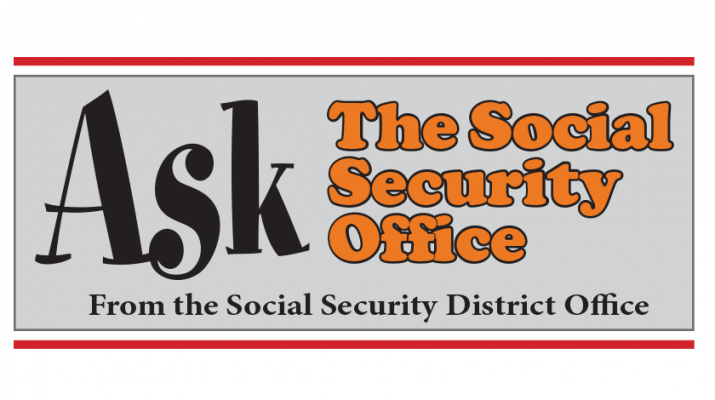Ever wonder how much you earned the year you worked your first job? Or any other year you worked? You can find out by reviewing your Social Security earnings record.
Your earnings record shows your income for each year worked and your progress toward your future Social Security benefits. We keep track of your earnings so we can pay you the benefits you’ve earned over your lifetime. That’s why it’s important for you to review your Social Security earnings record.
While it’s your employer’s responsibility to provide accurate earnings information to us, you should still review your earnings history and inform us of any errors or omissions. This is so you get credit for the contributions you’ve made through payroll taxes. You’re the only person who can look at your lifetime earnings record and verify that it’s complete and correct.
If an employer didn’t properly report even just one year of your earnings to us, your future benefit payments could be less than they should be. Over the course of a lifetime, that could cost you tens of thousands of dollars in retirement or other benefits to which you are entitled. It’s important to identify and report errors as soon as possible. As time passes, you may no longer have easy access to past tax documents. Also, some employers may no longer exist or be able to provide past payroll information.
The easiest way to verify your earnings record is to visit www.ssa.gov/myaccount and create or sign in to your personal my Social Security account. You should review each year of listed earnings carefully and confirm them using your own records, such as W-2s and tax returns. Keep in mind that earnings from this year and last year may not be listed yet.
You can find out how to correct your Social Security earnings record by reading our publication How to Correct Your Social Security Earnings Record at www.ssa.gov/pubs/EN-05-10081.pdf.
Let your friends and family know they can access important information like this any time at www.ssa.gov and do much of their business with us online.
Q&A
Q.: I will rely on Medicare when I retire. Can you explain the different parts of Medicare?
A.: The different parts of Medicare cover your specific needs. There are four parts, all of which work in tandem to deliver healthcare services:
• Part A (hospital insurance): Helps pay for inpatient care in a hospital or skilled nursing facility (following a hospital stay), some home health care and hospice care.
• Part B (medical insurance): Helps pay for doctor’s services and many other medical services and supplies that hospital insurance doesn’t cover.
• Part C (Medicare Advantage plans): If you have Medicare Parts A and B, you can join a Medicare Advantage plan. Private companies offer Medicare Advantage plans, which are approved by Medicare. These plans generally help you pay the medical costs not covered by Medicare Part A and B.
• Part D (prescription drug coverage): Helps pay for medications doctors prescribe for treatment.
Q.: How do I earn Social Security credits and how many do I need to qualify for benefits?
A.: We use your total yearly earnings to figure your Social Security credits. The amount needed for a credit in 2023 is $1,640. You must earn $6,560 to get the maximum four credits for the year. The amount needed to earn one credit usually increases each year when average wages increase.
To qualify for Social Security benefits, you must earn a certain number of credits. The number of credits you need depends on your age when you apply and the type of benefit. No one needs more than 40 credits for any Social Security benefit. You can read more about credits in How You Earn Credits at www.ssa.gov/pubs/EN-05-10072.pdf.
For more information, visit our website at www.ssa.gov/retirement.
Q.: What is substantial gainful activity (SGA)?
A.: We use the term “substantial gainful activity,” or “SGA,” to describe a level of work activity and earnings. Work is “substantial” if it involves doing significant physical or mental activities or a combination of both.
If you earn more than a certain amount and are doing productive work, we generally consider that you are engaging in SGA. For example, the monthly SGA amount for 2023 is $1,470. For a statutorily blind person, that amount is $2,460. In these cases, you would not be eligible for disability benefits if you made more than those amounts. You can read more about substantial gainful activity and if your earnings qualify as SGA at www.ssa.gov/oact/cola/sga.html.

